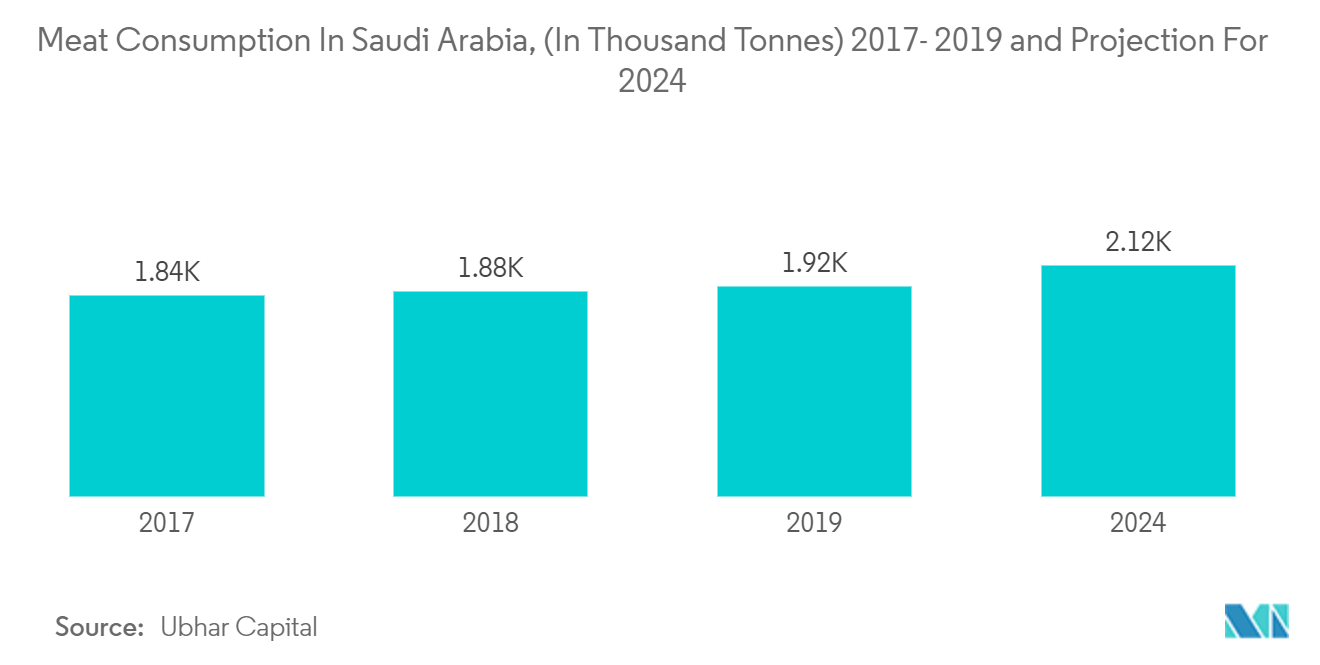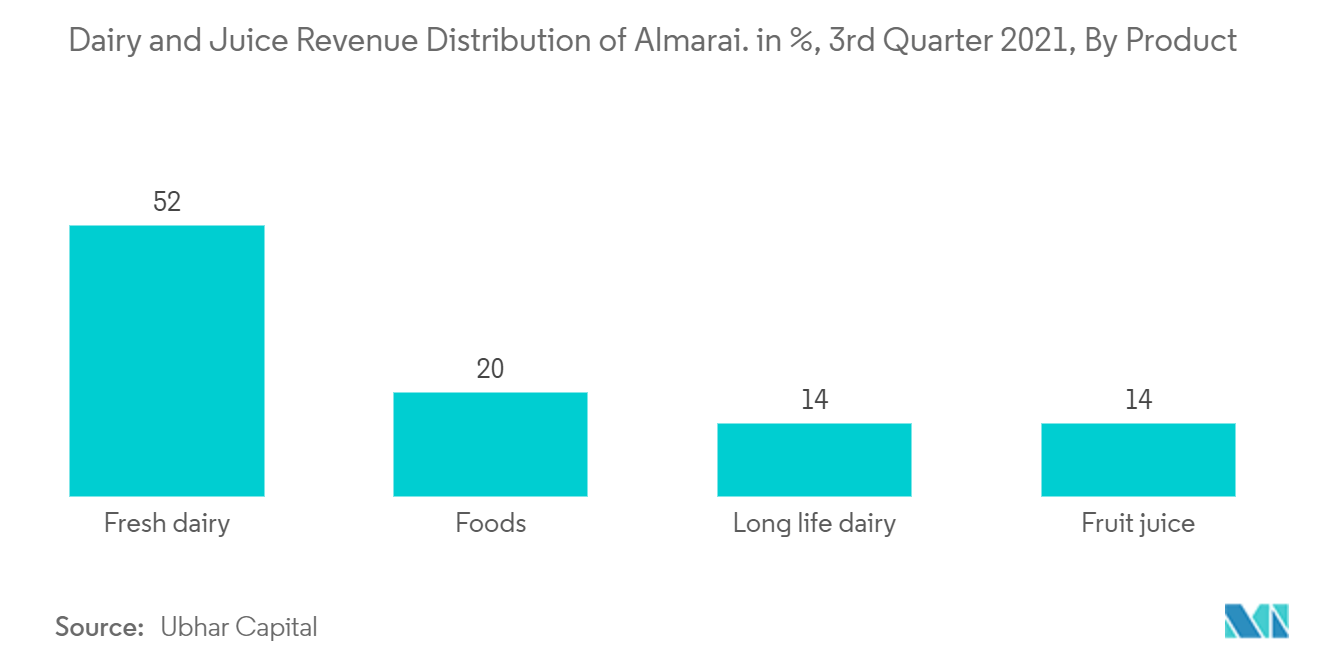Market Trends of Saudi Arabia Flexible Packaging Industry
This section covers the major market trends shaping the Saudi Arabia Flexible Packaging Market according to our research experts:
Increasing Flexible Plastic Packaging Solutions Demand across the End-user Industry
- The growing number of private-sector packaging companies and family-owned business firms in Saudi Arabia indicates the thriving packaging market in the country. Other significant factors contributing to Saudi Arabia's high demand for bags and pouches include the nation's economic growth and the expansion of the e-commerce and retail industries.
- The bags and pouch segment is a significant share of the flexible packaging industry. The vast potential has been established for the flexible packaging market by factors including the expanding demand for pouch packaging in the food and beverage industries. For product unitization and logistics, materials used in transport packaging must have excellent processing capabilities, load stability, and mechanical properties.
- The region's flexible packaging, such as paper bags and pouches, is also growing due to recyclability, affordability, lightweight, and growth in packaged foods overall. More multinational companies are entering the market as the region is home to a growing food manufacturing sector that benefits from population and income growth, lifestyle changes, state support, and favorable trade agreements.
- Several multinational companies have entered the Saudi food processing sector recently because of more demand for packaged food and the opportunity to export duty-free to other Arab counties. Most of these companies entered the market via joint ventures with Saudi companies, licensing agreements, or taking over existing Saudi food processing companies.
- Over the past years, increased disposable income allowed consumers to shift from carbohydrate to protein-based diets and increased meat and dairy consumption. Most animal protein comes from meat, which has been steadily rising because of its competitive price. This has propelled the demand for flexible packaging in Saudi Arabia. For instance, according to Ubhar Capital, Saudi Arabia has one of the world's highest per capita meat consumption and is projected to reach around 2.11 million tons in 2024.

Food Industry is Anticipated to Witness Significant Growth
- Due to shifting diets and lifestyles and the growth of food service and retail industries, the demand for packaged food is rising. Demand for prepackaged and easier-to-prepare foods is growing in Saudi Arabia as more women join the workforce. Because of this, demand for packaged goods has quickly migrated from traditional marketplaces to hypermarkets in the retail sector. Some locally produced foods, especially meat and dairy products from animals and poultry, profit from the idea that they adhere to better halal standards than imported foods.
- Almarai and Al Safi Danone are some of the major players who control more than 60% of the dairy market, and Nadecand Nada control nearly 25%. The others compete for a share of the remaining 10-15% of the market. For instance, according to Ubhar Capital, Almarai generates 52% of its share from fresh dairy in the dairy and juice category in the 3rd quarter of 2021.
- Saudi Arabia is home to an increasing number of restaurants, and the food manufacturing sector benefits from the growth in population and income, lifestyle changes, state support, and favorable trade agreements. The demand for disposable packaged foods is growing, and more multinational companies are entering the market. According to the US Department of Agriculture (USDA), in 2021, Saudi Arabia imported approximately USD 2.4 billion of intermediate food products, primarily for further processing.
- Additionally, according to the United States department of agriculture (USDA), most Saudi food manufacturers depend on imports for food ingredients; the country's importance was valued at around USD 2.8 billion for intermediate food products in 2021. Moreover, the food manufacturing sector in Saudi Arabia benefits from the increasing population and income growth, change in lifestyle, state support, and favorable trade agreements are anticipated to support the development of flexible packaging in the region.

